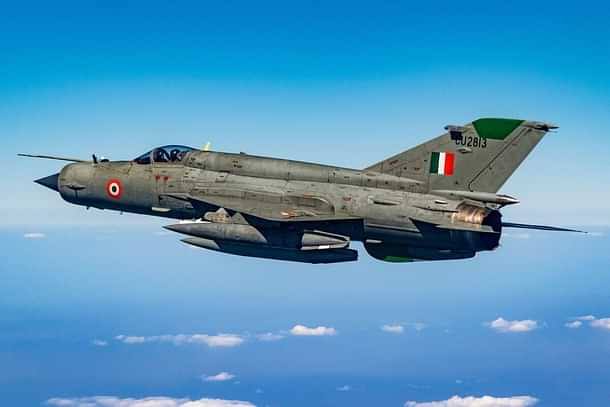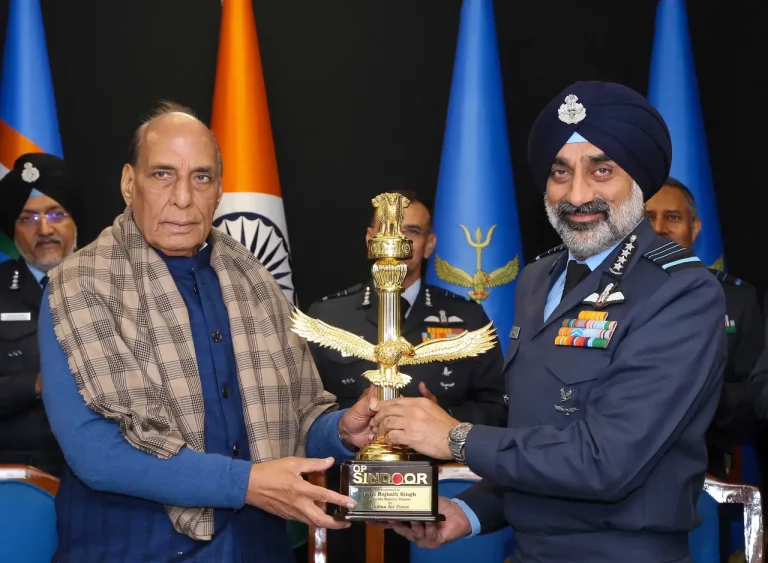After more than sixty years of dedicated service, the Indian Air Force’s iconic MiG-21 fighter jet is set to officially retire on September 19. This significant transition will be marked by a ceremonial farewell at the Chandigarh airbase, where the aircraft has been part of the IAF’s 23 Squadron, known as the Panthers. The grounding of the MiG-21 signals the end of an era in Indian military aviation.
Introduced to service in 1963, the MiG-21 was India’s first supersonic fighter aircraft and played a pivotal role in enhancing the combat capabilities of the Indian Air Force during the 1960s and 1970s. It proved to be an invaluable asset in numerous conflicts, including the wars of 1965 and 1971, the Kargil conflict in 1999, the Balakot airstrikes in 2019, and during the ongoing Operation Sindoor.
While the MiG-21 has been celebrated for its extensive combat history, it also faced criticism over the years due to a series of crashes, earning the unfortunate moniker “Flying Coffin.” Regardless of its controversial reputation, the aircraft remained a cornerstone of India’s air defense strategy and significantly shaped the careers of countless fighter pilots.
Aviation analyst Angad Singh remarked, “No other fighter has been with the Indian Air Force for as long as the MiG-21. It has been a part of nearly every military operation since 1965, including Op Sindoor. For many Indian fighter pilots, this aircraft has been a defining part of their careers. Its retirement will be a deeply emotional moment.”
The farewell ceremony will feature an array of events, including flypasts and static displays, alongside tributes from both serving and retired officers who have contributed to the MiG-21’s storied legacy. As the Indian Air Force bids adieu to this legendary aircraft, it reflects on a history that has intertwined with the nation’s defense narrative for over half a century.















